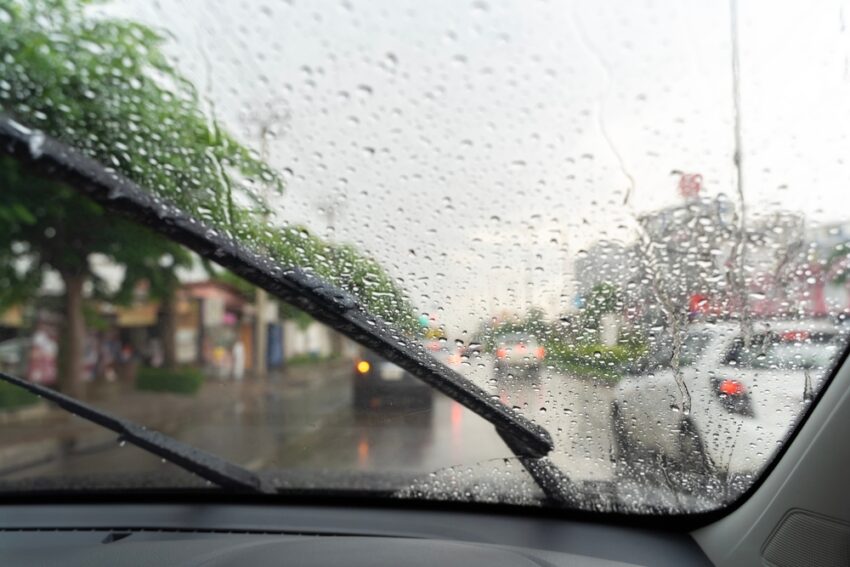Weather conditions can make driving much more difficult, especially when visibility is reduced due to rain, fog or snow. The danger of such conditions is a significant increase in braking distances, reduced wheel grip and difficulty in orientation.
To avoid accidents, it is important to follow certain rules and recommendations.
General recommendations for driving in poor visibility conditions
Whether it is rain, fog or snow, drivers should always adapt their driving technique in poor visibility conditions to minimise risks on the road:
- Be careful, constantly monitor the road situation.
- Pedestrians may also be less visible in poor visibility conditions, so be especially alert to pedestrians.
- Don’t be distracted by your phone, radio, other passengers or other distractions while driving.
- Keep a safe distance from other cars, which will give you more time to react in case of an emergency.
- Avoid sudden manoeuvres, as they can cause the car to skid.
Check the weather forecast before you travel and plan your route, avoiding, if possible, sections of road where complications are possible. Check the headlights before travelling, check the brake system, oil, antifreeze and other technical fluids. Check how the windscreen wipers work.
Driving in the rain
When the road is wet, the grip of the tyres is significantly reduced, which increases the risk of aquaplaning and skidding.
- On wet roads, it is important to drive at a slower speed to avoid an accident.
- Driving at intersections and bends should be done with extreme caution.
- Switch on your low beam headlights to improve visibility and help other drivers see your vehicle.
Check the tread of your tyres, it should be sufficient to drain water.
Driving in the fog
Fog can be a real problem as it significantly reduces visibility, sometimes by up to several metres, so you should drive slowly and carefully.
- Switch on your fog lights to help increase visibility. If you don’t have them, use your dipped headlights.
- Use rear fog lights to help other drivers see your vehicle.
- Follow road markings and other signs to stay in your lane.
- In very dense fog, it is recommended that you activate your hazard warning to alert other drivers to your presence.
Driving in the snow
Snow not only reduces visibility, but also makes the road slippery, making it difficult to drive. To avoid accidents:
- Change your tyres to winter tyres. They provide better traction and shorten stopping distances.
- Reduce your speed. Your vehicle loses stability in snow, especially at high speeds, so it’s important to drive slowly.
- Drive smoothly. Braking and acceleration should be smooth to avoid slipping or skidding.
- Use your headlights. In snowy conditions, it is important to remain visible to other road users. Switch on your low beams and, if necessary, your fog lights.
Driving in poor visibility conditions requires increased concentration and compliance with safety rules. Maintain a safe speed, control your distance and use your headlights according to the visibility conditions.

